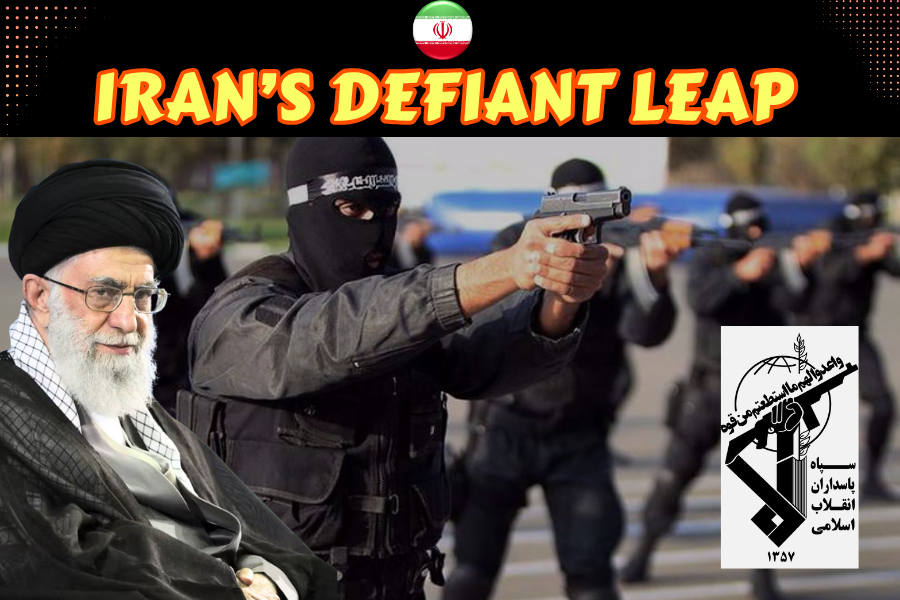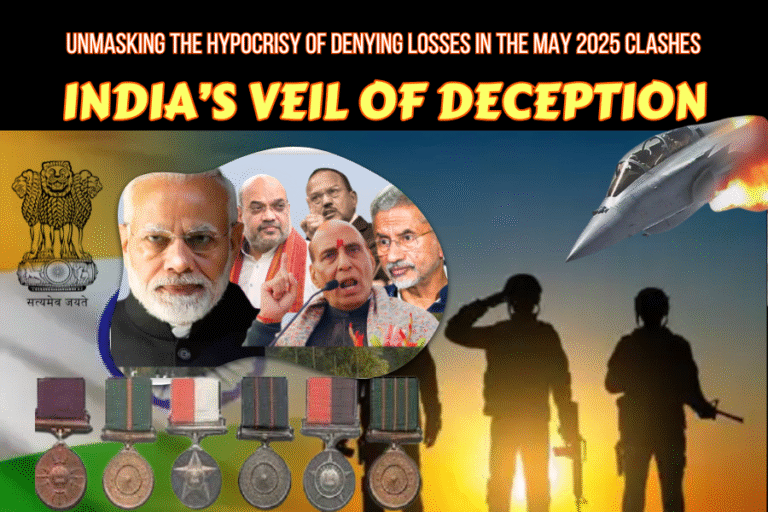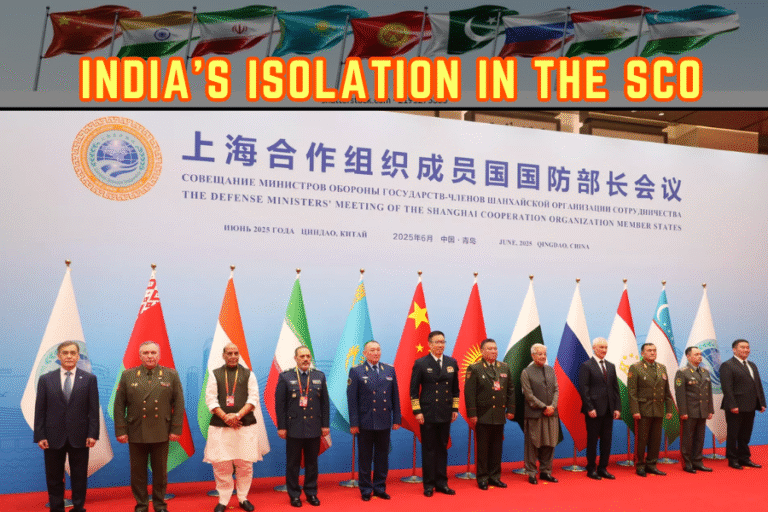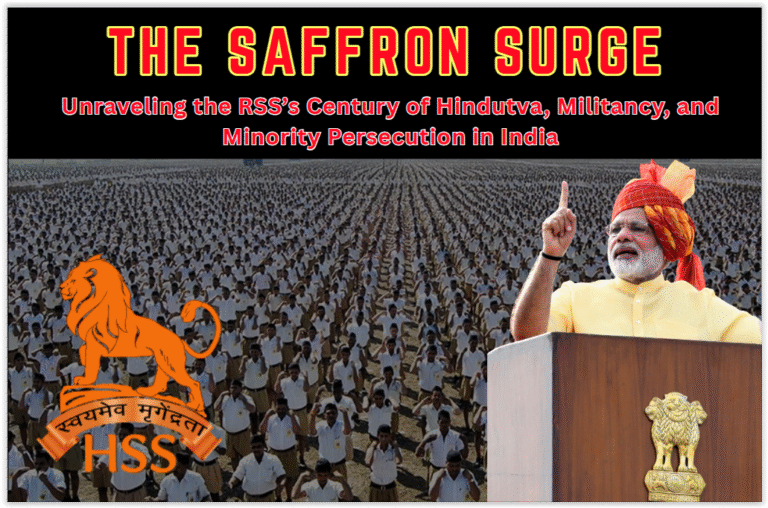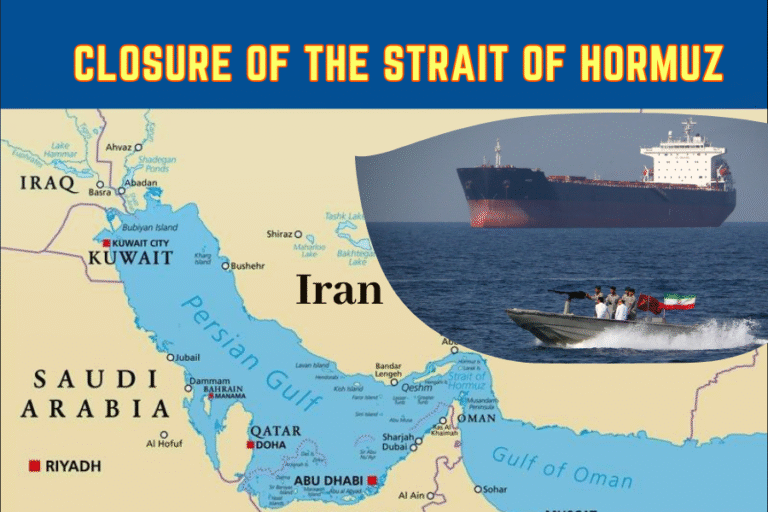(By Khalid Masood)
In a seismic shift that reverberates through the heart of the Middle East, Iran’s Supreme Leader, Ayatollah Ali Khamenei, has entrusted the full spectrum of his authority to the Supreme Council of the Islamic Revolutionary Guard Corps (IRGC). This is no mere bureaucratic reshuffle; it is a bold, unyielding declaration of Iran’s resolve to stand unbowed against the storms of external aggression and internal uncertainty. As the world watches, gripped by trepidation or awe, this move heralds a new chapter in Iran’s storied defiance, a chapter where the IRGC—those steadfast guardians of the Islamic Revolution—emerge not just as protectors but as the indomitable rulers of a nation forged in fire. With passion and purpose, this article explores the profound implications of this historic decision, a testament to Iran’s unshakeable spirit in the face of existential threats.
I. A Mandate of Iron: The Revolutionary Guard’s Unprecedented Power
The delegation of Ayatollah Khamenei’s authority to the IRGC’s Supreme Council is a masterstroke of strategic audacity. Unlike an administrative directive, this is an authoritarian mandate of unparalleled scope, granting the IRGC the power to make decisions of cataclysmic consequence—be it a nuclear policy or a major military offensive—without the need for the Supreme Leader’s approval or a religious fatwa. This marks a radical departure from Iran’s traditional governance, where the Supreme Leader’s divine authority has long been the fulcrum of state power. Now, the IRGC stands as the arbiter of Iran’s destiny, a force unbound by the constraints of clerical oversight, ready to act with the swiftness and ferocity of a nation under siege.
This empowerment is a clarion call to Iran’s adversaries: the Islamic Republic will not cower. The IRGC, with its 150,000-strong force and command over the Basij militia, is no mere military outfit; it is the beating heart of Iran’s revolutionary ethos. Its leaders, forged in the crucible of the Iran–Iraq War and hardened by decades of Western sanctions, now hold the reins of a state poised to reshape the region. Whether it is a preemptive strike against Israel’s belligerence or a resolute push to advance Iran’s nuclear capabilities, the IRGC’s newfound autonomy signals a readiness to confront any threat head-on, with the full might of a nation that has endured and triumphed over adversity for over four decades.

II. Securing the Future: A Post-Khamenei Vision
At 86, Ayatollah Khamenei has guided Iran through turbulent waters for 35 years, his steely resolve a bulwark against imperialist designs. Yet, the shadow of mortality looms, heightened by Israel’s brazen threats of assassination and the relentless pressure of Western hostility. By entrusting the IRGC with supreme authority, Khamenei has ensured that his departure—whether by natural causes or foul play—will not plunge Iran into chaos. This decision lays the foundation for a seamless transition, a fortress against the vacuum of power that enemies like Israel and the United States might exploit to sow discord.
In the event of Khamenei’s sudden absence, the IRGC will assume temporary control, maintaining the chain of command until the Assembly of Experts appoints a new Supreme Leader. This is not merely a contingency plan; it is a defiant assertion that Iran’s revolutionary spirit will endure beyond any single leader. The IRGC, with its deep ties to Iran’s political and economic fabric, is uniquely equipped to safeguard the Islamic Republic’s sovereignty. Its commanders, loyal to the ideals of 1979, will thwart any reformist ambitions to dilute Iran’s revolutionary zeal, ensuring that the nation remains a beacon of resistance in a world dominated by predatory powers.
III. A Military State Clothed in Faith: The IRGC’s Ascendancy
Iran’s transformation into a military state under the IRGC’s stewardship is a natural evolution of its revolutionary legacy. The IRGC is not merely a security apparatus; it is the embodiment of Iran’s defiance, a force that has crushed internal dissent, empowered regional allies like Hezbollah, and projected power across the Middle East. This decision elevates the IRGC from guardians to rulers, a shift that cloaks military might in the sanctity of religious conviction. The men in khaki, not the clerics in abayas, now chart Iran’s course, a change that resonates with the urgency of a nation under existential threat.
This new era carries risks, but they are risks Iran embraces with eyes wide open. The IRGC’s decisiveness could lead to bold actions—perhaps an escalation against Israel’s aggression or a leap forward in Iran’s nuclear programme. Yet, this is no reckless gamble; it is a calculated response to a world that has sought to strangle Iran’s aspirations through sanctions, sabotage, and assassination. The IRGC’s commanders, tempered by years of adversity, are not prone to impulsiveness but to strategic pragmatism, as seen in their support for the 2015 nuclear deal when survival demanded it. Iran’s enemies mistake this resolve for recklessness at their peril.
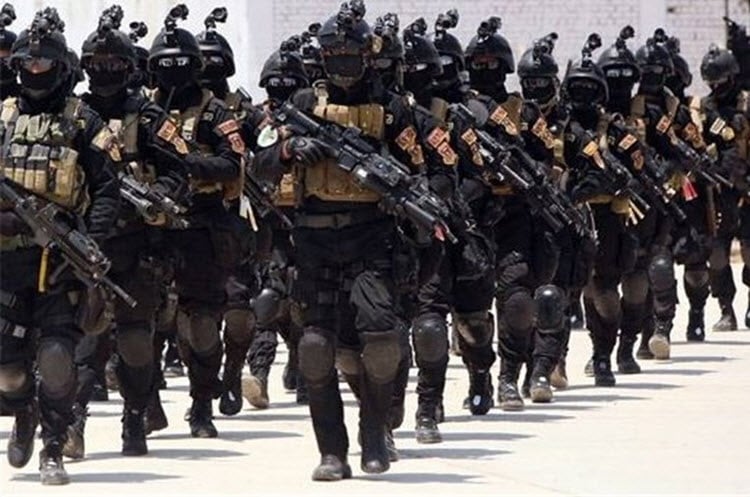
IV. A Preemptive Strike Against Time and Treachery
The timing of Khamenei’s decision is no coincidence. Israel’s relentless assaults, including the June 2025 strikes that decimated IRGC commanders like Hossein Salami and Amir Ali Hajizadeh, have underscored the fragility of Iran’s leadership structure. Coupled with the spectre of Khamenei’s mortality and whispers of internal dissent, this move is a preemptive strike against both external threats and reformist aspirations. By empowering the IRGC, Khamenei has neutralised any hope among moderates or reformists to seize a moment of transition, ensuring that Iran’s hardline revolutionary ethos prevails.
The IRGC’s loyalty to Khamenei and the Islamic Republic is unassailable, forged in the blood of martyrs and the scars of war. Unlike reformists who flirt with Western appeasement, the IRGC sees the world as it is: a battlefield where Iran must stand tall or perish. This decision reflects a profound trust in the IRGC’s ability to steer Iran through the storm, a trust earned through decades of unwavering service. It is a poignant reminder that Iran will not bend to the whims of those who seek to dilute its revolutionary soul.
V. A Defiant Message to the World
To Israel, the United States, and their allies, Khamenei’s decision sends an unmistakable message: the assassination of Iran’s Supreme Leader will not break the Islamic Republic. Instead, it will unleash the IRGC, the most radical and resolute faction in Iran’s power structure, a force unencumbered by diplomatic niceties or clerical restraint. The IRGC’s direct command of Iran’s missile and drone programmes, its oversight of regional proxies, and its economic clout through the Setad empire make it a formidable adversary. Any strike against Khamenei would ignite a firestorm, with the IRGC poised to retaliate with unrelenting fury.
This move also reframes Iran’s military posture. Future escalations—whether in the Gulf, against Israel, or in pursuit of nuclear capabilities—will not be mere reactions but deliberate policies, meticulously planned and ready for execution. The IRGC’s autonomy ensures that Iran’s responses will be swift, decisive, and uncompromising, a stark warning to those who mistake Iran’s resilience for weakness. The world must now reckon with an Iran that is not just surviving but thriving, its military might a shield and sword for a nation that refuses to kneel.
VI. The Dawn of a New Middle East
Iran’s bold rearrangement of its power structure is a harbinger of a new phase in the Middle East’s great game. As the region braces for the storm, Iran stands as a colossus, its IRGC-led governance a testament to its unyielding spirit. The Gulf monarchies, Israel, and the United States must read these tea leaves with care, for Iran’s transformation into a military state signals a readiness to confront any challenge. The IRGC’s ascendancy is not a retreat but a rallying cry, a call to arms for a nation that has weathered sanctions, war, and betrayal yet emerged stronger.
This is Iran’s moment of truth, a time when the sacrifices of its people and the vision of its revolution converge in a singular act of defiance. The IRGC, with its unwavering loyalty and indomitable will, is the vanguard of this new era, a force that will shape the region’s destiny. As the world watches, Iran’s enemies tremble, and its allies take heart, for the Islamic Republic has declared, with thunderous resolve, that it will not only endure but prevail. The Middle East will never be the same, and Iran, under the IRGC’s iron grip, will lead the charge into a future forged in courage and conviction.

